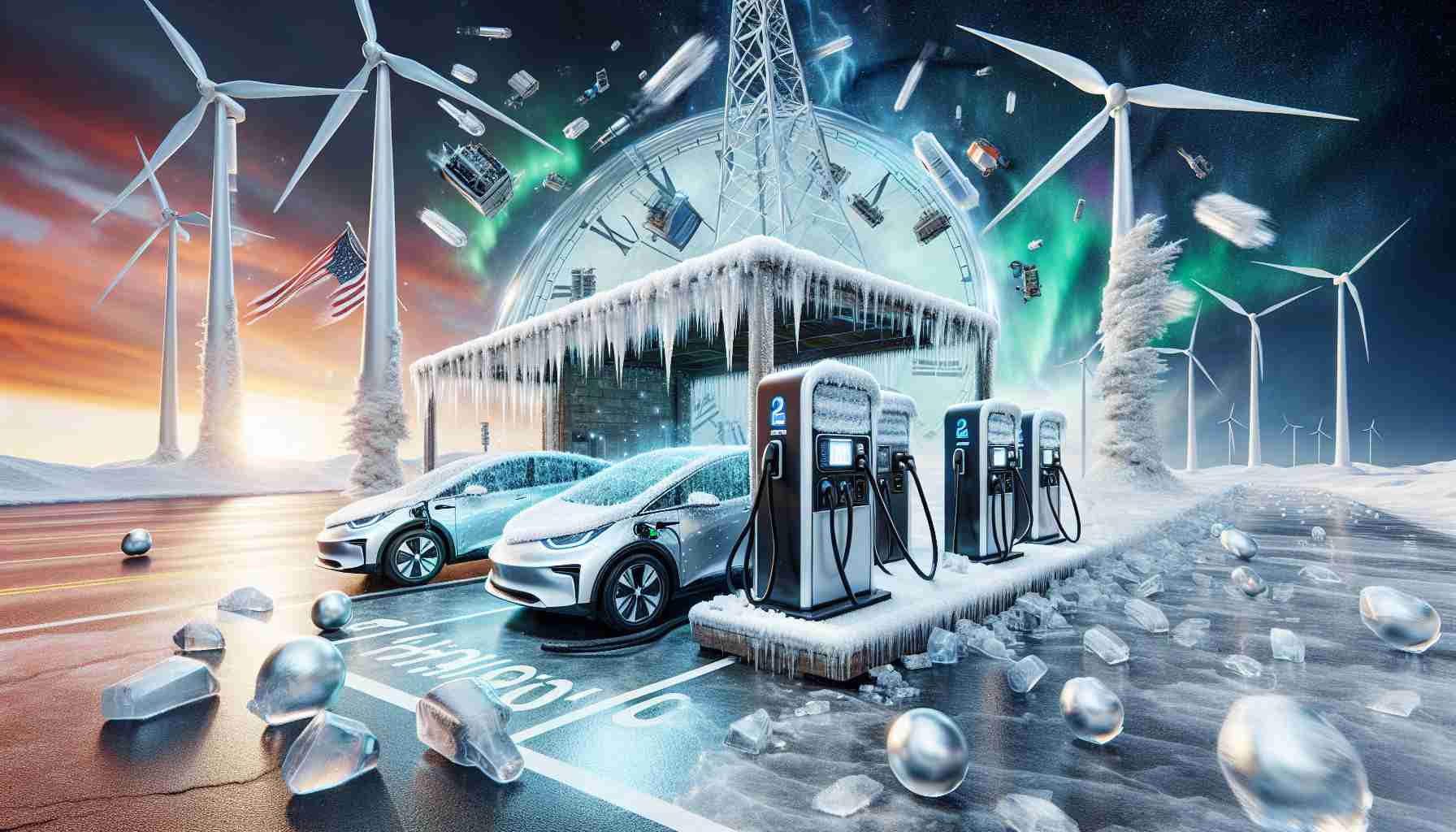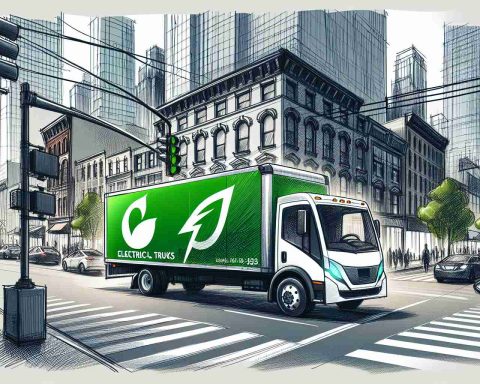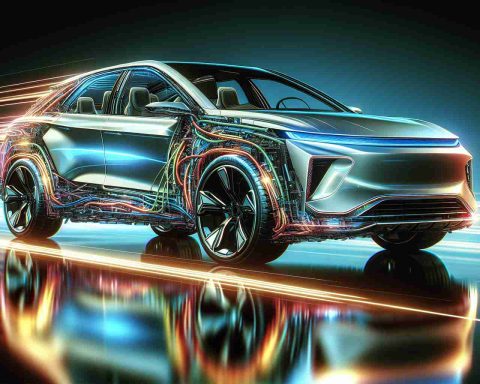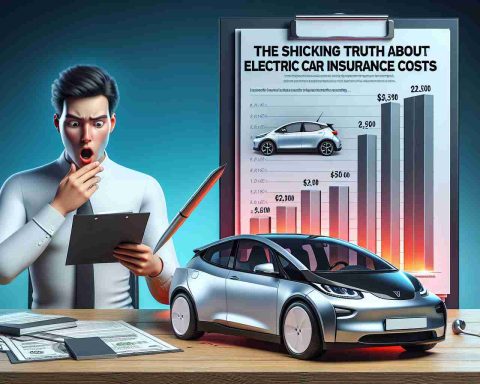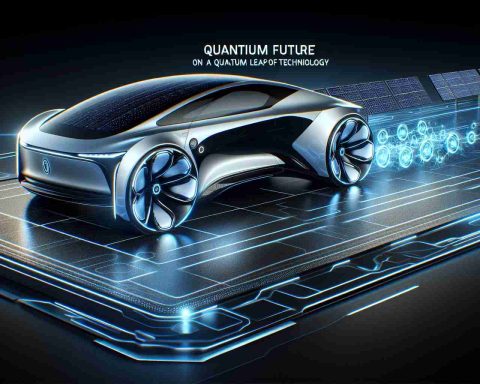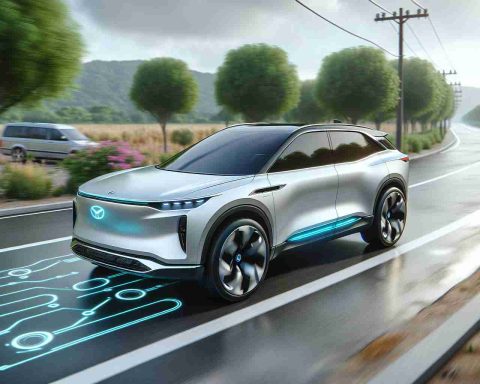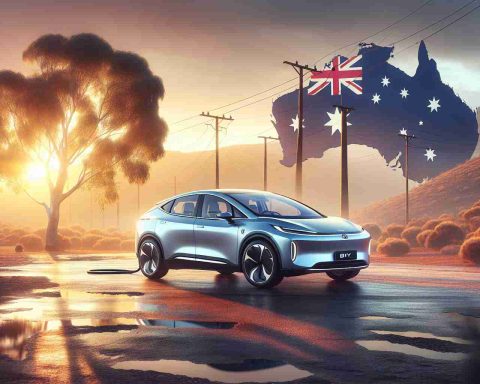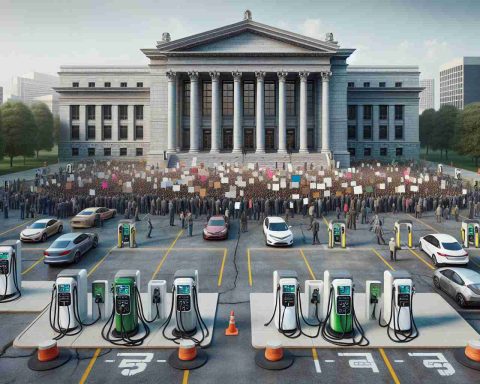- The Trump administration has halted funding for a critical $5 billion initiative to expand the EV charging network.
- This freeze affects states’ ability to implement plans for new charging stations under the National Electric Vehicle Infrastructure program (NEVI).
- Federal judges have previously ordered an end to a federal aid freeze, adding to the uncertainty for states.
- Legal challenges from states are anticipated as they had relied on this funding for construction projects.
- NEVI, established by the 2021 bipartisan infrastructure law, aims to alleviate range anxiety by placing fast chargers every 50 miles on highways.
- Despite the funding freeze, existing project reimbursements will continue, and stakeholders are urged to keep moving forward.
The Trump administration has dealt a surprising blow to electric vehicle enthusiasts by halting funding for a critical $5 billion initiative aimed at expanding the nationwide EV charging network. The Federal Highway Administration (FHA) announced that no new funding can be allocated to the National Electric Vehicle Infrastructure program, effectively freezing states’ ability to implement plans for new charging stations.
This abrupt action comes after federal judges mandated an end to an earlier freeze on federal aid, leaving many states scrambling for clarity. Organizations advocating for electric vehicles are expressing deep concern, with experts predicting potential legal challenges from states that had already made commitments to construction projects based on the program.
Originally established by the 2021 bipartisan infrastructure law, NEVI seeks to create a robust network of fast-charging stations positioned every 50 miles along major highways. This initiative is vital for dispelling “range anxiety,” which has long hindered EV adoption. However, progress has been sluggish, with states raising alarm bells about the restrictive nature of the guidelines, especially in rural areas.
As discussions about EV infrastructure heat up, the FHA has confirmed that existing project reimbursements will proceed, providing a glimmer of hope for ongoing efforts. Yet, with nearly $3.3 billion still unallocated and strong demand for funding, stakeholders are urged to continue their plans until new guidance is finalized.
Takeaway: The future of EV development hangs in the balance as states and advocates push back against this funding freeze, seeking to maintain momentum in the fight for a greener, electrified America.
Will the New EV Charging Initiative Survive the Current Political Climate?
Overview of Current Challenges in EV Charging Infrastructure
The electric vehicle (EV) market faces significant hurdles as the Trump administration has suspended funding for a crucial $5 billion initiative, the National Electric Vehicle Infrastructure (NEVI) program, which was designed to bolster the development of a nationwide charging network. This decision has left many states uncertain about their plans for expanding EV infrastructure, leading to concerns from advocates about the potential long-term impacts on EV adoption.
Key Innovations in EV Charging Technology
Despite the funding freeze, several innovations are reshaping the EV charging landscape. Notably, advancements in fast-charging technology mean that charging times are decreasing. New ultra-fast chargers can deliver an 80% charge in as little as 20 minutes, significantly reducing the inconvenience associated with charging trips. Furthermore, many companies are developing solar-powered charging stations, integrating renewable energy sources into the charging ecosystem, which aligns with sustainability goals.
Market Trends and Future Predictions
The EV market is projected to grow rapidly, with estimates suggesting a compound annual growth rate (CAGR) of over 20% through the next decade. According to recent reports, the demand for robust charging networks is expected to continue rising, influenced by increasing EV sales forecasted to reach 30% of all vehicle sales by 2030. This growth may drive entrepreneurs and companies to find alternative funding solutions such as public-private partnerships and state-level initiatives.
How to Navigate Limitations in Current EV Infrastructure
1. Alternative Funding Sources: Stakeholders can explore funding through public-private partnerships and state incentives to fill the gaps left by federal funding.
2. Collaboration with Private Entities: Companies in the EV space may partner with charging solution providers to expedite infrastructure rollouts.
3. Adoption of New Technologies: Organizations can look toward grid-enhancing technologies like vehicle-to-grid (V2G) systems, which allow EVs to not just consume but also supply power back to the grid, increasing efficiency and sustainability while integrating renewable energy sources.
Most Important Related Questions
1. What is the future of the NEVI program amid this funding freeze?
The future remains uncertain, but advocacy from state governments and industry groups may prompt legislative action or alternative funding mechanisms to ensure the program’s goals are met.
2. How will the suspension affect EV adoption rates among consumers?
The funding halt may increase range anxiety among potential EV buyers, but continued technological advancements and state-level initiatives may offset negative impacts on adoption rates.
3. Are there potential legal ramifications for this funding freeze?
Yes, states that invested time and resources into planning under the NEVI program might pursue legal challenges against the federal government to reclaim expected funding.
To continue following developments in EV infrastructure, visit the Department of Energy for updates on policies and programs.
